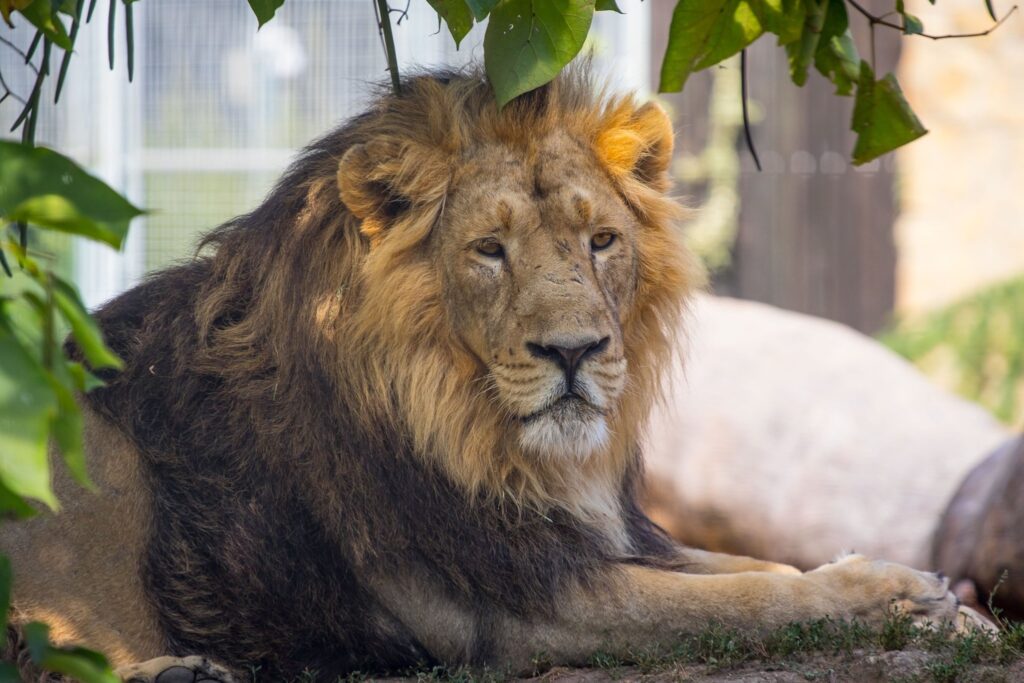Since August 10th, 2013, we have been celebrating World Lion Day at Debrecen Zoo to draw attention to the plight of these majestic and irreplaceable top predators. Lions currently inhabit barely 5 percent of their former habitat, a tenth of the number of individuals around just a hundred years ago. The fall in numbers is primarily due to the depletion of prey, habitat degradation, and hunting for human-animal conflicts.
Both the African and Asian subspecies are on the World Conservation Union (IUCN) Red List, the latter being classified as endangered. Asian lions, were once found from Europe (including the Carpathian Basin) all the way to India. At the beginning of the 19th century, they still occurred from the Middle East to central India, but today they are found exclusively in and around the Gir National Park of India, with about 650-700 individuals.

This famous day is a great opportunity for the Debrecen Zoo to report on another significant professional advancement and collection growth, as a result of many years of preparatory work, a female arrived on July 15th from Le Palb, in France, to partner the institution’s male Asian lion, Kamal. The 2016-born newcomer named Hima gradually became acquainted first with her new environment and then with her partner, with whom she can now be seen on their common runway, even as part of their visual feeding on Tuesdays, Thursdays and Saturdays from 1:30 p.m.
This rare and endangered lion species has been presented by the Debrecen Garden since 2015 in the framework of the European Species Conservation Breeding Program (EAZA EEP); two of the three-man male team from the other Hungarian holding institutions, the Budapest Zoo and Botanical Garden, have since moved to other zoos, so this year the institution finally had the opportunity to receive a female as the next step in the program. Maintaining the genetic diversity of the European zoo population is a major challenge for the species conservation program, so breeding is not yet allowed for the new couple, but it is hoped that successful reproduction will be possible in the future.